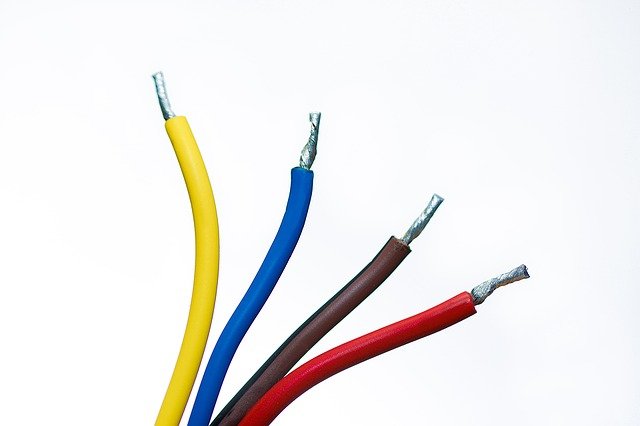
Wind power, one of the pillars of sustainable energy, has witnessed tremendous growth in recent years. It stands as a testament to human ingenuity, converting gusts of wind into usable electricity. Integral to this transformative process are wires and cables. This article casts light on the types of wires and cables central to wind power, their application in residential and industrial settings, and their undeniable importance in this green energy sector.
Types of Wires and Cables for Wind Power
Given the dynamic nature of wind turbines and the environments they operate in, specialized wires and cables become indispensable. Some pivotal ones include:
High-Tensile Cables: These are designed to bear the mechanical stress of moving turbine parts, especially in larger windmills.
Weather-Resistant Cables: Being outdoors, cables need to be resistant to UV rays, rain, and fluctuating temperatures.
Fire-Resistant Cables: Safety is paramount. These cables are designed to prevent fire spread in the rare case of electrical issues.
Low-Noise Cables: Given the electromagnetic interference in wind turbines, these cables are designed to ensure signal integrity.
Residential Wind Power Applications
For homeowners keen on tapping into the sustainable wind energy sphere, understanding cable applications is crucial:
- Home Wind Turbines: Smaller turbines, often installed in backyards or rooftops, require efficient power transmission to home appliances. Cables play a significant role in this energy transfer.
- Monitoring and Control Systems: Residential wind power setups often come with systems that monitor energy production. Wires and cables transmit this data for efficient energy management.
Industrial Wind Power Applications
On a larger scale, wind farms and industrial setups highlight the amplified importance of cables:
- Wind Farms: Spanning vast areas, these farms have turbines interconnected through an intricate network of cables, transmitting power to a central grid or storage system.
- Offshore Wind Turbines: These present a unique challenge. The cables here not only need to be weather-resistant but also saltwater-resistant.
- Control Centers: Large wind power projects require control centers to manage and monitor energy production. Wires and cables relay real-time data, ensuring optimal operation.
The Indispensable Role of Wires and Cables
- Efficient Energy Transmission: Without the right cables, energy loss would be significant. Proper cables ensure maximum energy reaches the grid or home.
- Safety: From preventing fires to ensuring mechanical stability, cables ensure the entire setup remains safe for both workers and the environment.
- Durability: High-quality wires and cables ensure the longevity of wind power setups, reducing maintenance costs and downtime.
Conclusion
In conclusion, as the world sails towards a future dominated by renewable energy, wind power stands tall as a beacon of hope. Ensuring its success are the intricate networks of wires and cables, working tirelessly behind the scenes. They are not just conduits of electricity but lifelines ensuring efficiency, safety, and durability in our quest for a greener tomorrow. As we harness the winds, it’s essential to remember and invest in these foundational strands that make it all possible.

